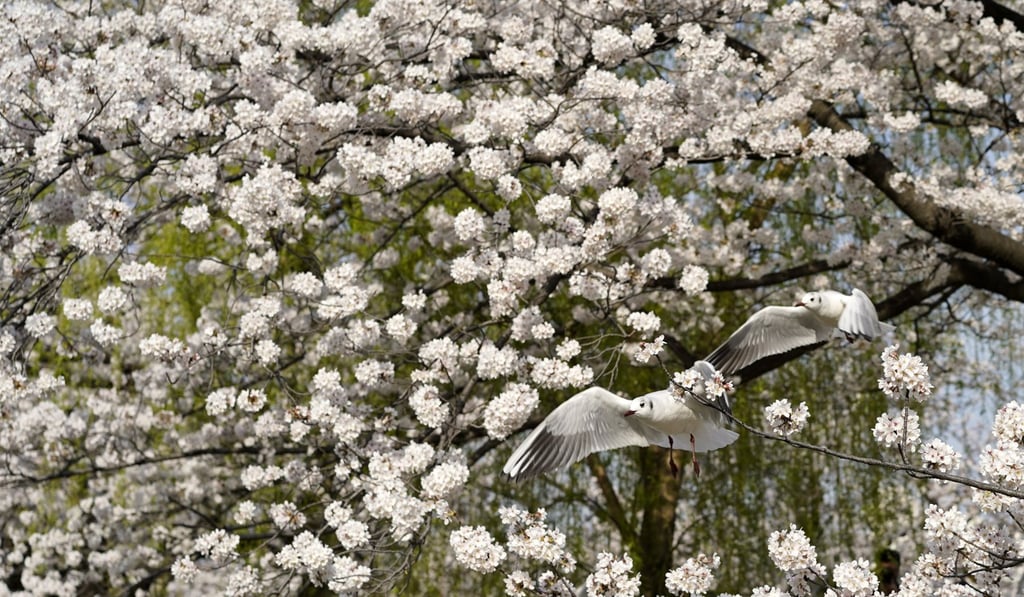Exploring Tokyo’s iconic Ueno Park during the Rugby World Cup
- Cherry blossoms, musicians and Vince Carter fans in the capital’s green oasis during the tournament offer a quiet reprieve for locals and tourists alike
- First opened in 1873, the space has become an iconic country staple over the years

Located in the north of Tokyo, Ueno Park was opened in 1873 and is a massive, sprawling green space that is one of the first public parks in the country. Home to a number of major museums, it’s a hub all year round, but particularly in spring time thanks to the rows of sakuras (cherry blossom trees), which help draw a staggering 10 million visitors a year.
Naturally, the rugby world has been flocking to Ueno Park almost since day one. And, of course, they are easy enough to spot because it seems like rugby fans only have one set of clothes and that would be their team jersey.
“This is a perfect slice of Tokyo,” says Bradley, who is visiting from London and greatly looking forward to cheering on his team on Saturday in Yokohama when they play South Africa in the final. “It’s kind of like Hyde Park and Central Park all rolled into one. Everything is going on here. And imagine this place next year for the Olympics? It's going to be a zoo.” Actually, it already is. The Ueno Zoo, the oldest zoo in the country opened in 1882, is also here.

Not too far from where the giant pandas and Sumatran tigers roam is a huge vestibule that features, according to one local friend, “some of the best performers in Tokyo.” There is a mind-boggling array of street performers featuring everything from trained monkey acts to fire-juggling pole dancers. But it's the music that hypnotically fills the air in Ueno Park. It’s everywhere and the lush tones of saxophonist Toma playing Oblivion, a traditional tango by Argentinian composer Astor Piazzola, literally stops people in their tracks.
His accompanying vocalist tells me that, while Toma could headline at high-end places like Club Blue Note, he only plays in the park now. Because his sax does all the talking, Toma has no need to speak English. Apparently, neither does Ryunosuke, a folk guitarist not too far away who claims he knows the entire Bob Dylan catalogue verbatim. But you speak no English, I ask? “Only sing English,” he says.
